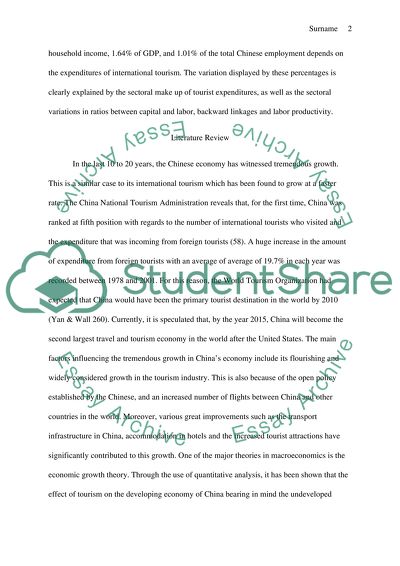Cite this document
(“Effects of tourism on economic growth in China Research Paper”, n.d.)
Retrieved from https://studentshare.org/macro-microeconomics/1404150-effects-of-tourism-on-economic-growth-in-china
Retrieved from https://studentshare.org/macro-microeconomics/1404150-effects-of-tourism-on-economic-growth-in-china
(Effects of Tourism on Economic Growth in China Research Paper)
https://studentshare.org/macro-microeconomics/1404150-effects-of-tourism-on-economic-growth-in-china.
https://studentshare.org/macro-microeconomics/1404150-effects-of-tourism-on-economic-growth-in-china.
“Effects of Tourism on Economic Growth in China Research Paper”, n.d. https://studentshare.org/macro-microeconomics/1404150-effects-of-tourism-on-economic-growth-in-china.


